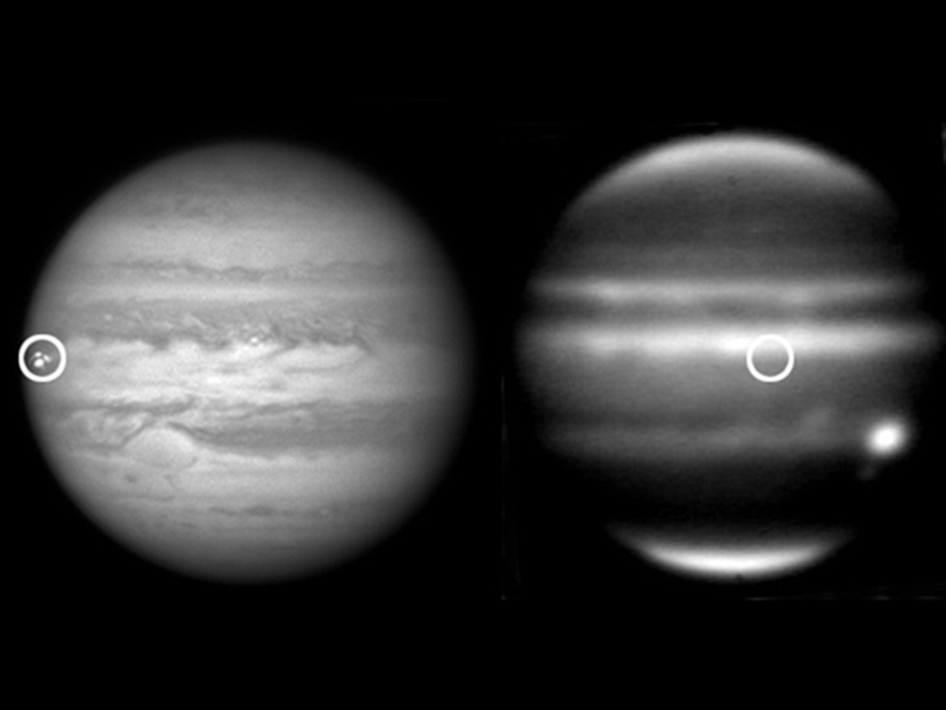
© NASA/IRTF/JPL-Caltech/G. Hall/University of the Basque CountryJupiter has been suffering more impacts over the last four years than ever previously observed, including this meteoroid impact on Sept. 10, 2012. The left-hand image was taken from a red-filtered video by amateur astronomer George Hall of Dallas, Texas, on Sept. 10 and processed by Ricardo Hueso (University of the Basque Country, Bilbao, Spain). The right-hand image is an infrared image from NASA’s Infrared Telescope Facility on Mauna Kea, Hawaii, taken on Sept. 11. Scientists compare the visible-light images to the infrared images to learn about the fireball's disruption of the Jovian atmosphere. In this case, the infrared view reveals no long-term disturbance. The circles in the annotated version indicate where the impact occurred. Scientists think the fireball was caused by an object less than 45 feet (15 meters) in diameter.
Jupiter, the mythical god of sky and thunder, would certainly be pleased at all the changes afoot at his namesake planet. As the planet gets peppered continually with small space rocks, wide belts of the atmosphere are changing color, hotspots are vanishing and reappearing, and clouds are gathering over one part of Jupiter, while dissipating over another. The results were presented today by Glenn Orton, a senior research scientist at NASA's Jet Propulsion Laboratory, Pasadena, Calif., at the American Astronomical Society's Division for Planetary Sciences Meeting in Reno, Nev.
"The changes we're seeing in Jupiter are global in scale," Orton said. "We've seen some of these before, but never with modern instrumentation to clue us in on what's going on. Other changes haven't been seen in decades, and some regions have never been in the state they're appearing in now. At the same time,
we've never seen so many things striking Jupiter. Right now, we're trying to figure out why this is all happening."

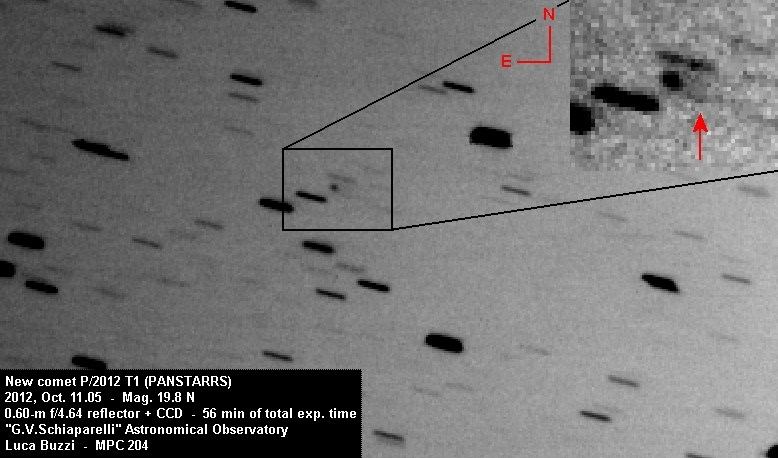
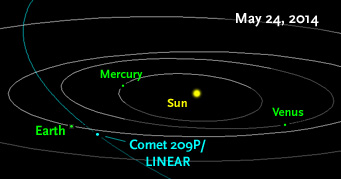

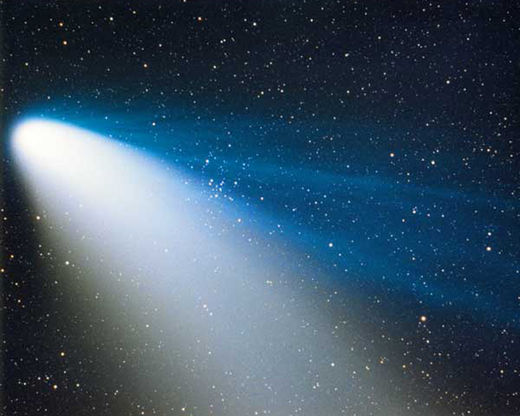
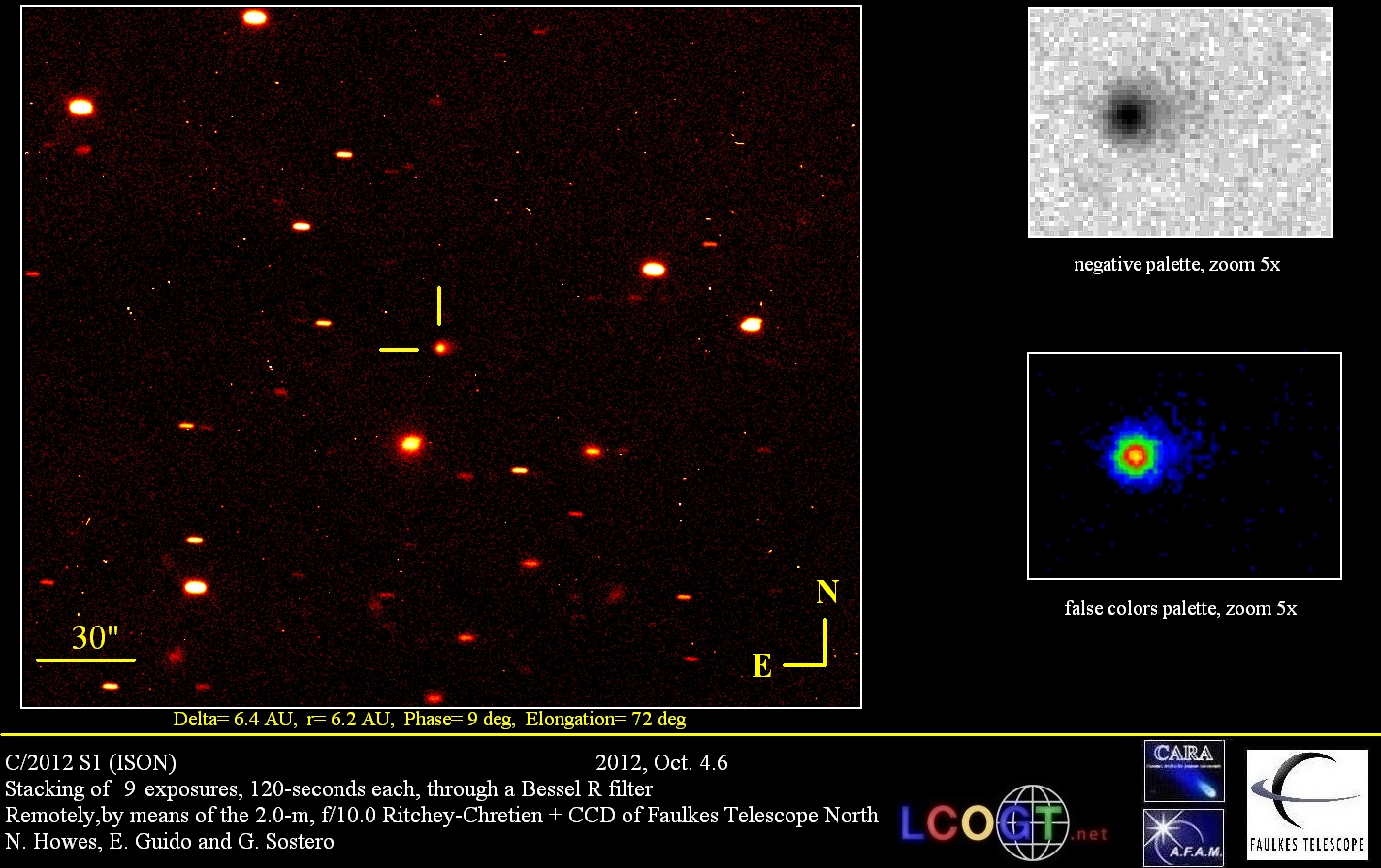
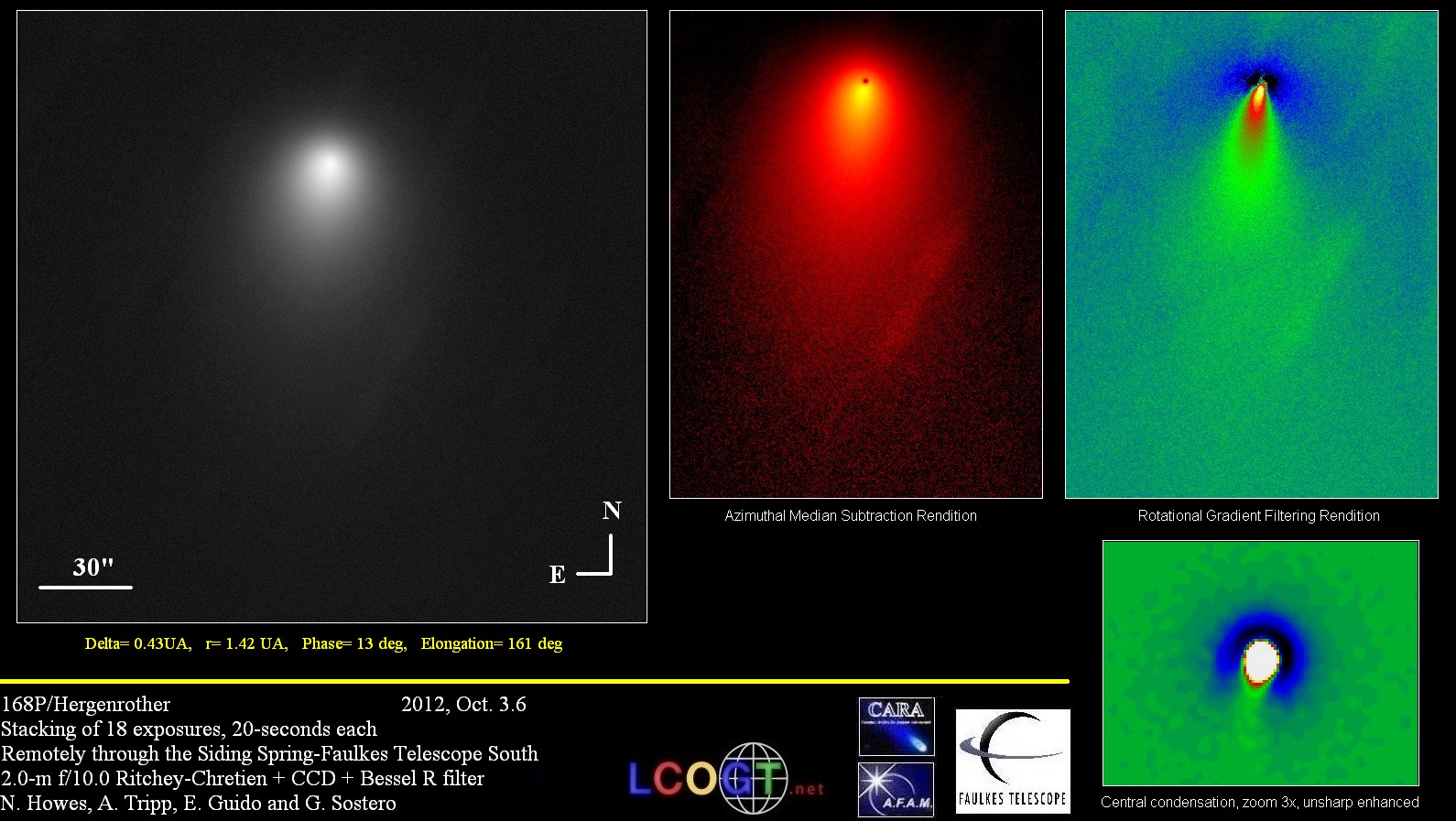
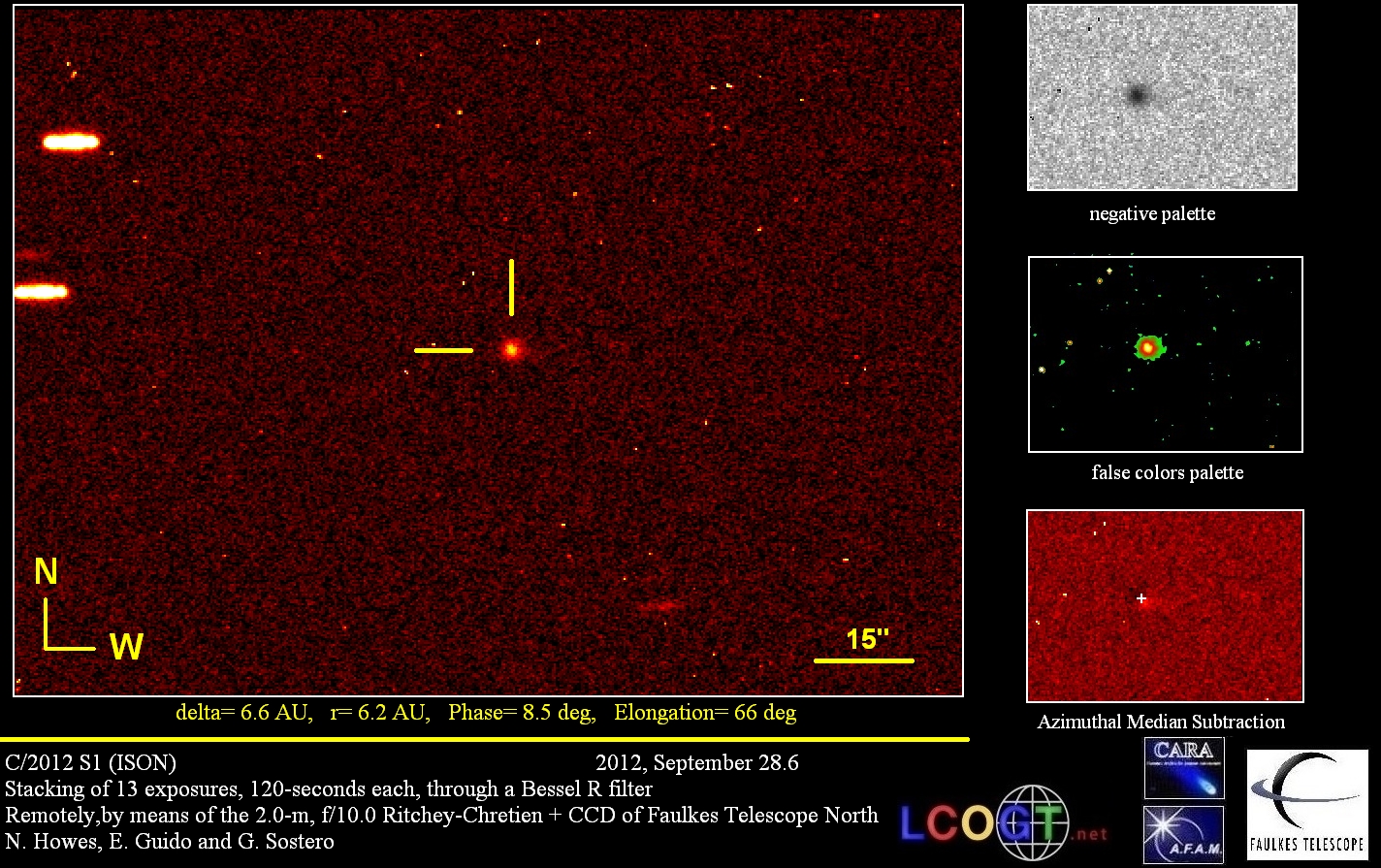
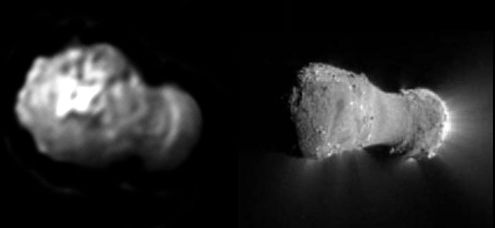



Comment: For how much longer can Jupiter vacuum the larger incoming chunks and take the hit for us?
Just remember where you heard it first folks, Something Wicked This Way Comes...